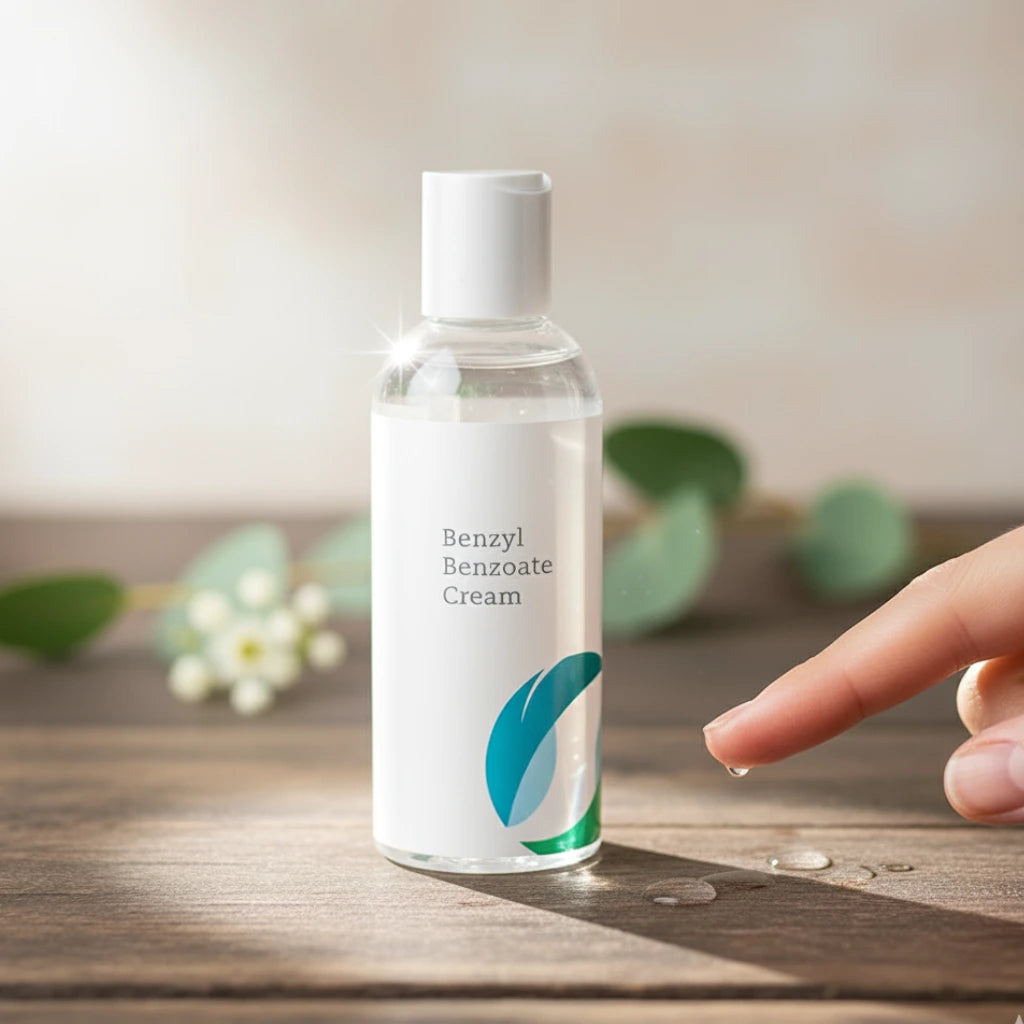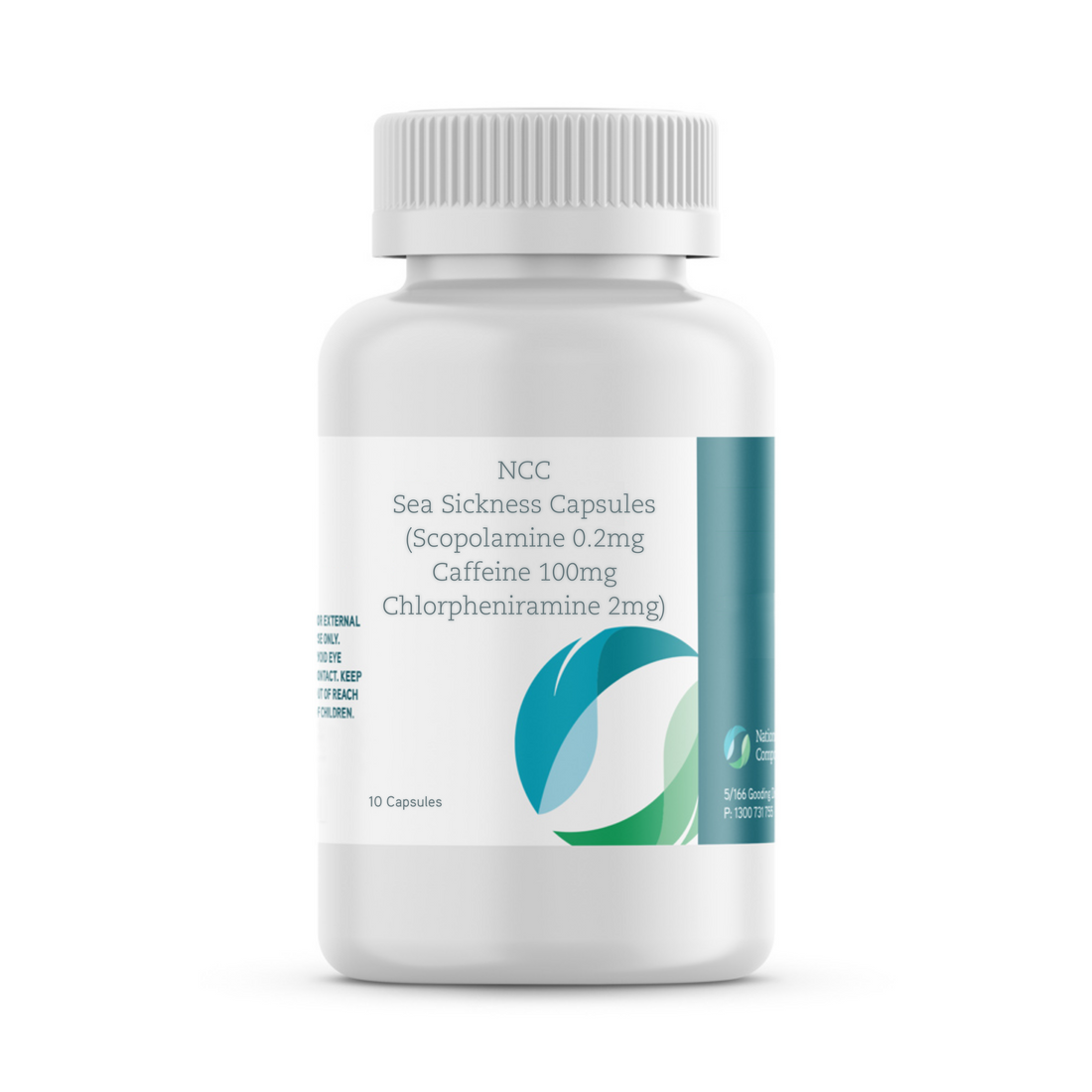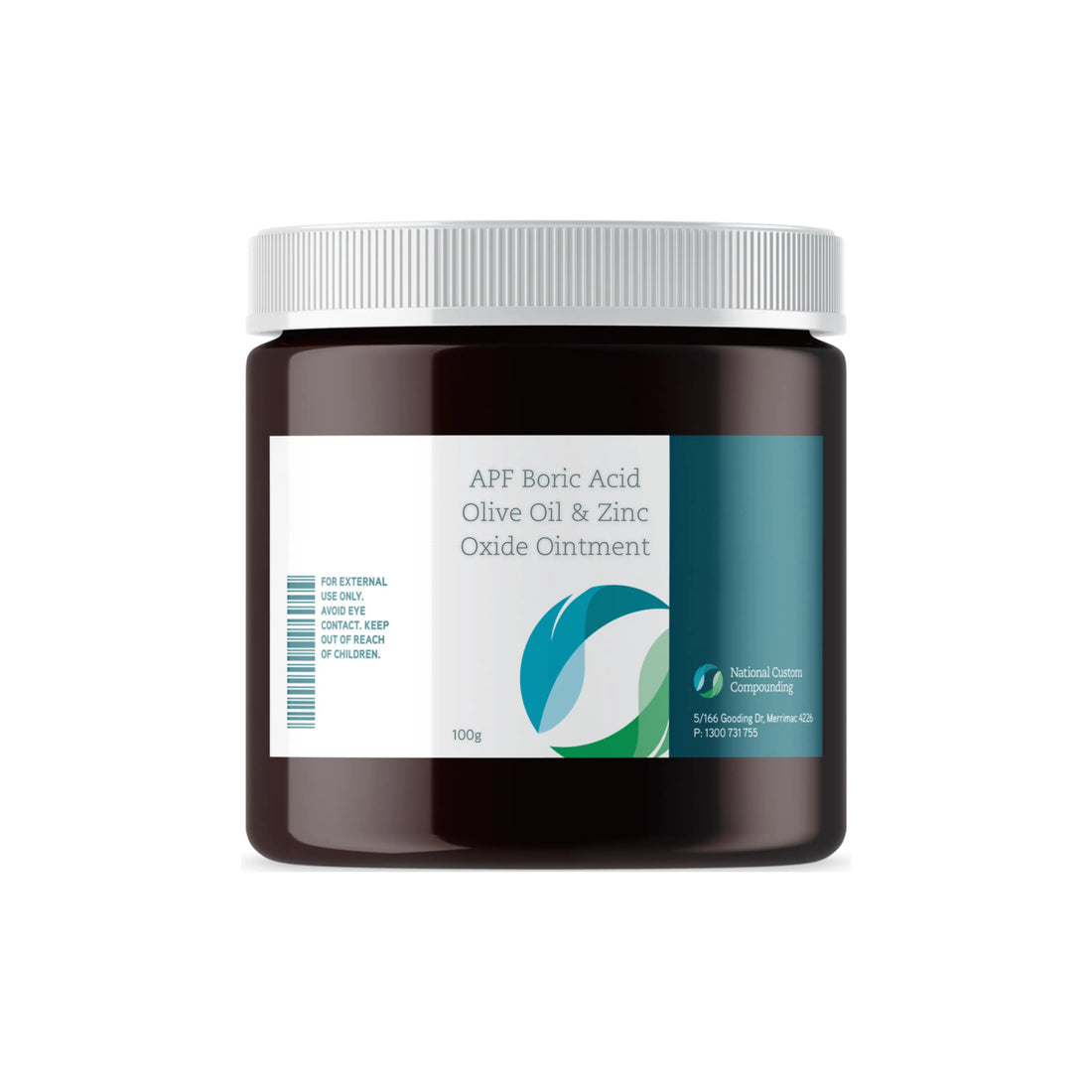If you’ve been exploring treatments for skin pigmentation or have recently been prescribed hydroquinone cream, understanding how it works (and how to use it safely) is essential. Hydroquinone has been a cornerstone in dermatology for treating certain types of pigmentation, and when used under proper guidance, it can lead to significant improvements in skin tone and clarity.
In this fact sheet, we will discuss:
- What Is Hydroquinone and How Does It Work?
- Common Conditions Treated With Hydroquinone
- Addressing the Controversy Around Hydroquinone
- Customised Treatment With Compounding Pharmacies
- Tips for Safe and Effective Use
- A Personalised Path to Clearer Skin
- Video Transcript
What Is Hydroquinone and How Does It Work?
Hydroquinone is a skin-lightening agent. It works by reducing the production of melanin, the pigment that gives skin its color. It does this by inhibiting an enzyme called tyrosinase, which plays a key role in melanin production. With consistent use, dark spots or discoloured patches gradually fade. It’s not a quick fix, but over time, hydroquinone can help even out your complexion.
Common Conditions Treated With Hydroquinone
Hydroquinone is often prescribed for:
- Melasma: A hormonal pigmentation disorder frequently triggered by pregnancy, birth control use, or sun exposure. It appears as symmetrical dark patches, typically on the cheeks, forehead, and upper lip.
- Post-inflammatory hyperpigmentation (PIH): These are dark marks left behind after acne, injury, or other skin inflammation. PIH is especially common in people with deeper skin tones.
In both cases, hydroquinone can significantly improve skin appearance by targeting excess pigmentation at its source.
Addressing the Controversy Around Hydroquinone
Hydroquinone has sparked debate internationally. In some countries, it has been restricted or banned due to concerns about misuse, skin irritation, and rare side effects such as ochronosis—a bluish-black discoloration that can result from long-term or excessive use.
However, in Australia, hydroquinone is a prescription-only medication. This means it is only available under the supervision of a medical professional, which greatly reduces the risk of complications and misuse. When prescribed appropriately, hydroquinone is both safe and effective.
Customised Treatment With Compounding Pharmacies
One of the advantages of obtaining hydroquinone from a compounding pharmacy is the ability to personalise your formulation. A pharmacist can:
- Adjust the strength (typically between 2% and 6%) to suit your skin’s needs
- Add supportive ingredients like kojic acid, tretinoin, hydrocortisone, or niacinamide for enhanced results
- Remove irritants for sensitive skin types
This customised approach helps strike a balance between pigment correction, skin barrier protection, and reducing inflammation.
Tips for Safe and Effective Use
To get the best results from hydroquinone and reduce the risk of side effects, follow these key guidelines:
- Limit duration: Most treatment plans involve 8 to 12 weeks of use, followed by a break or a switch to maintenance products.
- Use sun protection: Sun exposure can worsen pigmentation and reduce the treatment’s effectiveness. A broad-spectrum sunscreen with SPF 50+ is a daily must.
- Monitor your skin: Report any irritation or unusual changes to your doctor or pharmacist promptly so adjustments can be made to your treatment.
A Personalised Path to Clearer Skin
Hydroquinone, when used correctly and under professional supervision, is a powerful and effective tool in the treatment of pigmentation. Customised formulations made by experienced compounding pharmacists offer additional benefits, ensuring your treatment is tailored to your individual skin needs.
If you’re considering hydroquinone or are already using it, open communication with your healthcare team is key. They’re there to support your journey toward clearer, more even-toned skin.
Video Transcript
Hi everyone. Today I want to talk about hydroquinone cream. What it is, how it works, and how we use it safely and effectively to manage skin pigmentation. Whether you’ve been prescribed it or are just doing some research, this will give you a clearer picture of how it fits into your treatment plan. Hydroquinone is a skin lightening agent and it works by reducing the production of melanin, which is the pigment that gives our skin its color. Specifically, hydroquinone inhibits an enzyme called tyrrosinars, which is a key player in the melanin making process. Less melanin means dark spots or patches gradually fade over time with consistent use. It’s not an overnight fix, but with patients, it can make a big difference in skin tone and clarity. We commonly use hydroquinone for two main conditions. Melasma, a hormonal pigmentation condition often triggered by pregnancy, birth control, or sun exposure. It shows up as symmetrical dark patches on the face, especially the cheeks, forehead, and upper lip. Post-inflammatory hyperpigmentation or PH. This happens after acne, injury, or skin inflammation leaves behind darker spots. It’s especially common in deeper skin tones. In both cases, hydroquinone helps even out the skin tone and reduce visible discoloration. Now, let’s talk about the elephant in the room, the controversy around hydroquinone. In some countries, it’s been restricted or banned due to concerns about misuse, skin irritation, and rare complications like ochronosis, a bluish black discoloration that can happen with long-term or excessive use. But here in Australia, hydroquinone remains a prescription only medication and that regulation actually helps protect patients when used under medical guidance and at appropriate strengths. Hydroquinone is both effective and safe. The key is supervised use, not self-medicating with imported or unregulated products. One of the benefits of working with a compounding pharmacy is that we can create customized hydroquinone formulations to suit your skin’s needs. We can adjust the strength typically ranging from 2% to 6% depending on the case. Add ingredients like koic acid, tractinoan, hydrocortisone or nioinamide for a synergistic effect and remove potential irritants if your skin is sensitive. This is especially helpful when we want to balance pigment reduction with barrier protection and anti-inflammatory support. If you’re using hydroquinone, here are a few important tips. Limit the duration. Most treatment plans use hydroquinone for around 8 to 12 weeks followed by a break or switch to maintenance products. Sun protection is non-negotiable. UV exposure can worsen pigmentation and reduce the effectiveness of hydroquinone. So, daily use of sunscreen SPF 50 or higher is essential. Monitor your skin. Let your pharmacist or doctor know if you notice irritation, redness, or anything unusual. Early feedback helps us adjust your formula if needed. So, that’s a quick look at hydroquinone. A powerful tool when used correctly and even more effective when it’s customized to your skin. If you’re considering it or already using it, don’t hesitate to ask questions. That’s what we’re here for, to support you on your skin health journey, one step at a time. Thanks for watching and take care.







